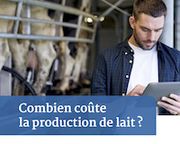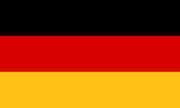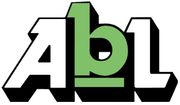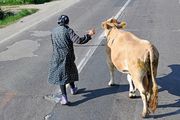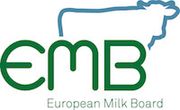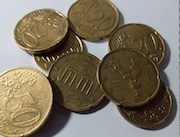EMB Newsletter March 2018
Newsletter as PDF
Contact
EMB - European Milk Board asbl
Rue de la Loi 155
B-1040 Bruxelles
Phone: +32 - 2808 - 1935
Fax: +32 - 2808 - 8265
Dear dairy farmers, dear interested parties,

For us French producers, the year started with a bang, with our dear President Macron's conclusions regarding the meetings on the "general state of agriculture and food".
The prices of agricultural products should henceforth be fixed on the basis of production costs. We fully agree with this common-sense approach; however, one essential aspect still remains: We need to agree on the figures! Because on this front, unfortunately, saying that there is a lack of unanimity is putting it lightly. You have one figure from the industry – but that's quite logical, another from our cooperatives – which is significantly less logical, and what is even worse, a different one from us farmers because conditions are dire!
Together with our colleagues at the EMB, we French milk producers have recently updated the calculations for the production cost of one litre of milk in France. It comes as no surprise that we are still at 45 cents, remuneration included. Dear producers, this is the only figure that needs to be considered! Our new production cost study was presented at the Paris International Agricultural Show in early March.
A programme broadcast on France 2 a few weeks ago showed some farmers uncovering the truth about the dairy industry and our cooperatives on screen. I beg your pardon – perhaps your average consumer has only just seen the light, but the majority of producers are definitely not surprised by these Mafia-life practices. Some just have a very short memory. Let's not forget about the many policy-makers we met with in order to give them a "whiff" of all these scams. They should have sounded the alarm and policed the sector or, quite bluntly, drained the swamp.
To say the least, we are also quite irritated because at no point did this broadcast talked about any real solutions! For example, we need a crisis management tool like our Market Responsibility Programme (MRP) as quickly as possible, and we also need to create a horizontal producers' organisation – all at European level!
In terms of our fair milk brand FaireFrance: Even though we have enjoyed phenomenal success with consumers in recent years, we are sad to see the large volume of milk produced at both regional and national level that does not respect fair conditions between producers, processors and distributors. Some farmers are satisfied with a price that is slightly above the norm within certain value chains. But this definitely does not imply fairness, quite the contrary.
Boris Gondouin, EMB Executive Committee member and spokesperson of the French association of independent milk producers APLI
Study by German entity BAL reveals real milk production costs in France
Coalition agreement confirms the importance of dairy farmers and recognises the urgency of action
Lower Saxony: Grazing premium 2018 squandered
Milking the farmer – in Ireland and Romania
Intervention milk powder sold at lowest price yet – EMB criticises dumping tactics
EMB milk price comparison
Impressum
European Milk Board asbl
Rue de la Loi 155
B-1040 Bruxelles
Phone: +32 2808 1935
Fax: +32 2808 8265
E-Mail: office@europeanmilkboard.org
Website: http://www.europeanmilkboard.org

